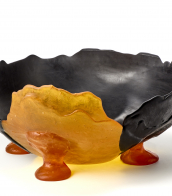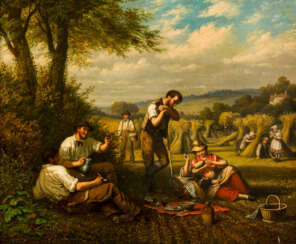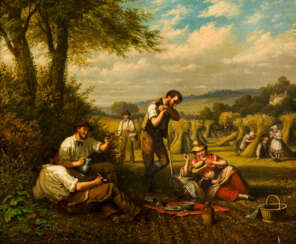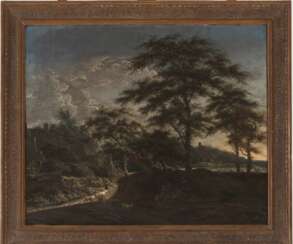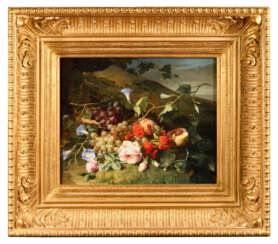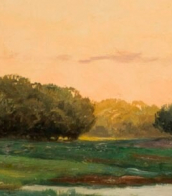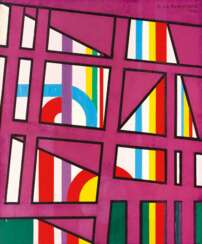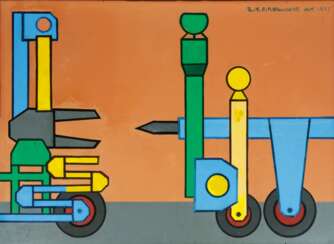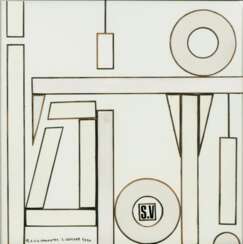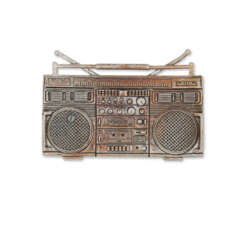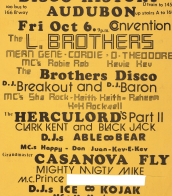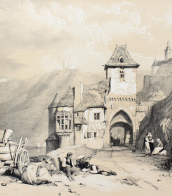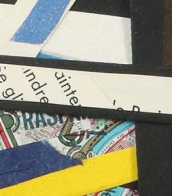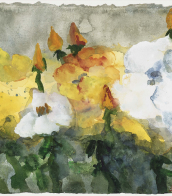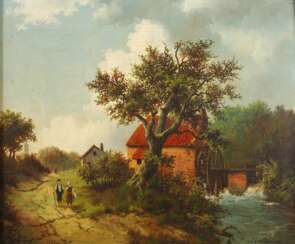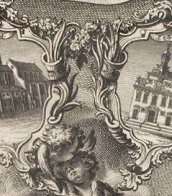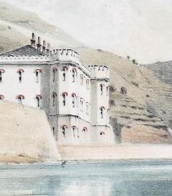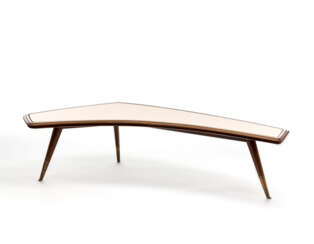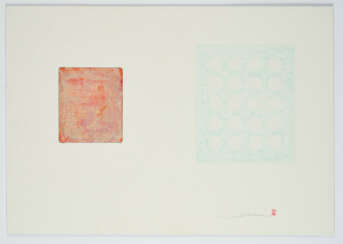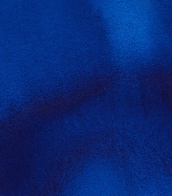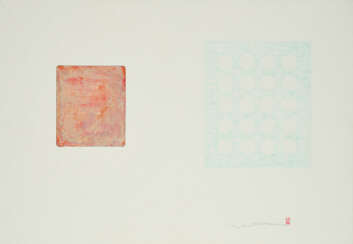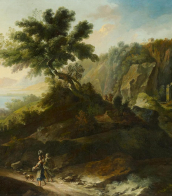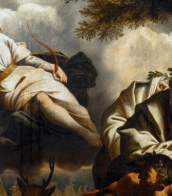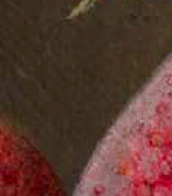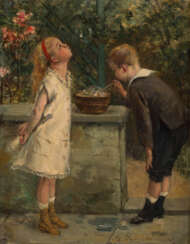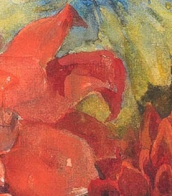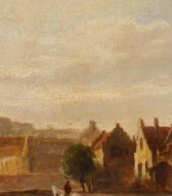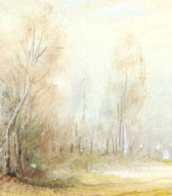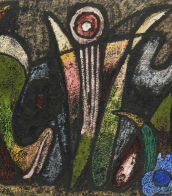boom
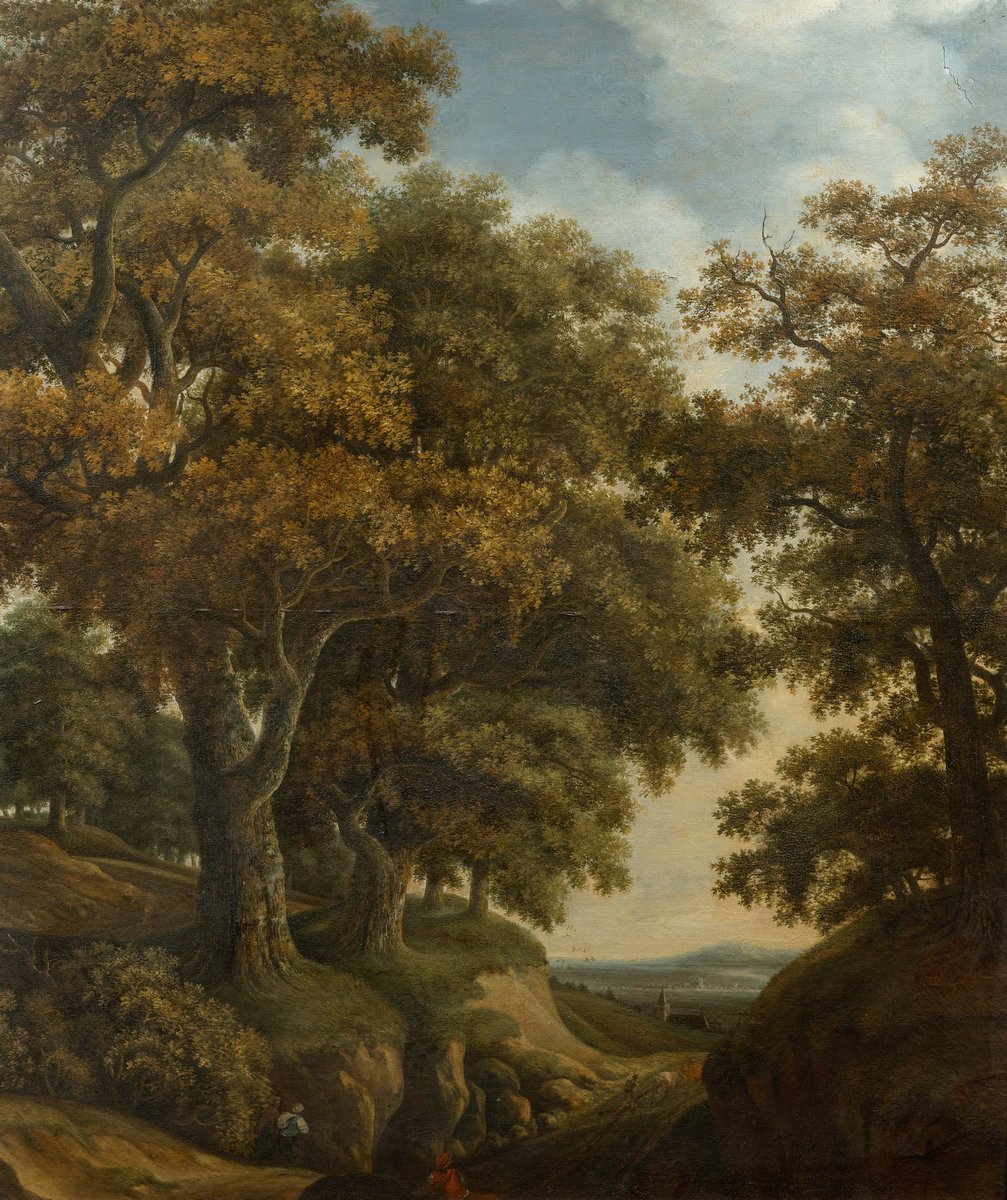
Adriaen Hendriksz. Verboom was a Dutch painter of the Golden Age. He is known as a landscape painter, draughtsman and printmaker, and also made tiles and engravings.
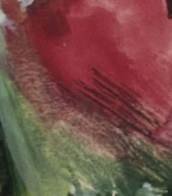
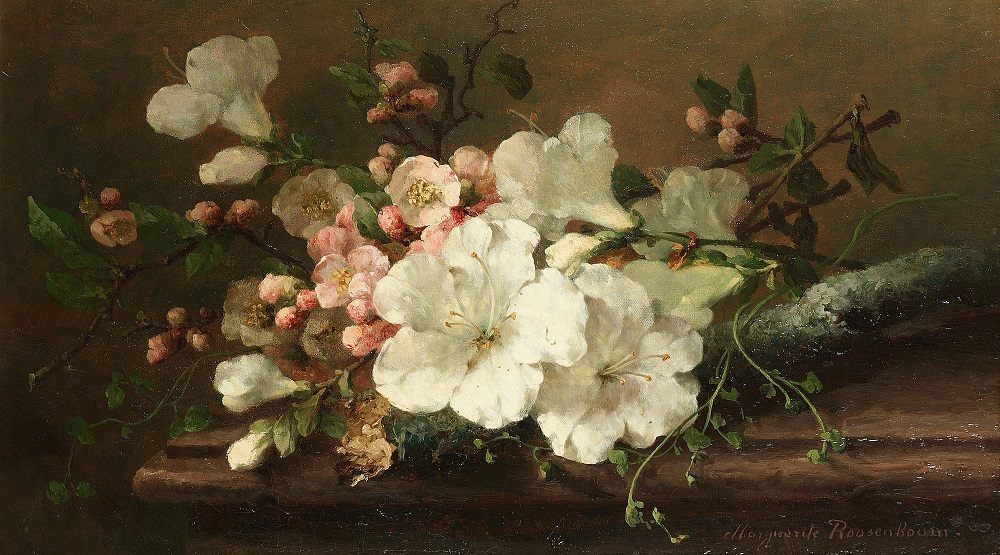
Margaretha Roosenboom was a 19th-century Dutch floral artist. She studied painting under her father, Nicolaas Johannes Roosenboom.
Margaretha Roosenboom mainly painted still lifes, both with flowers and fruit. In particular, roses were the central theme of her works.

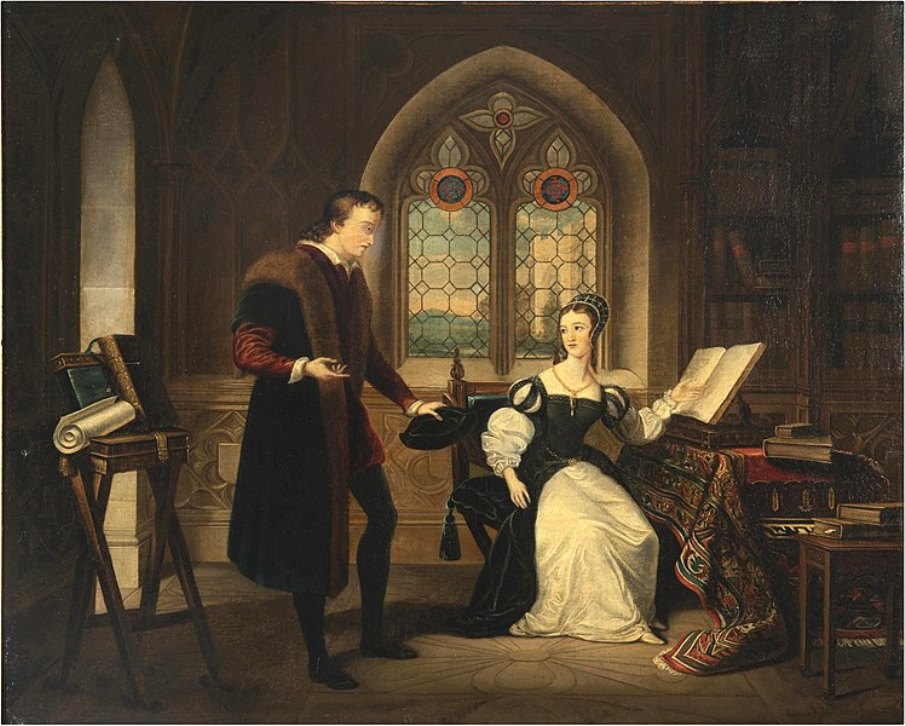
Andries Scheerboom is a Dutch Romantic painter.
His work includes many paintings depicting interiors with people inhabiting them and with intriguing titles, such as Eavesdropping. He also depicted coastal scenes with fishermen, peasants at leisure, and scenes from city life.


Andries Scheerboom is a Dutch Romantic painter.
His work includes many paintings depicting interiors with people inhabiting them and with intriguing titles, such as Eavesdropping. He also depicted coastal scenes with fishermen, peasants at leisure, and scenes from city life.

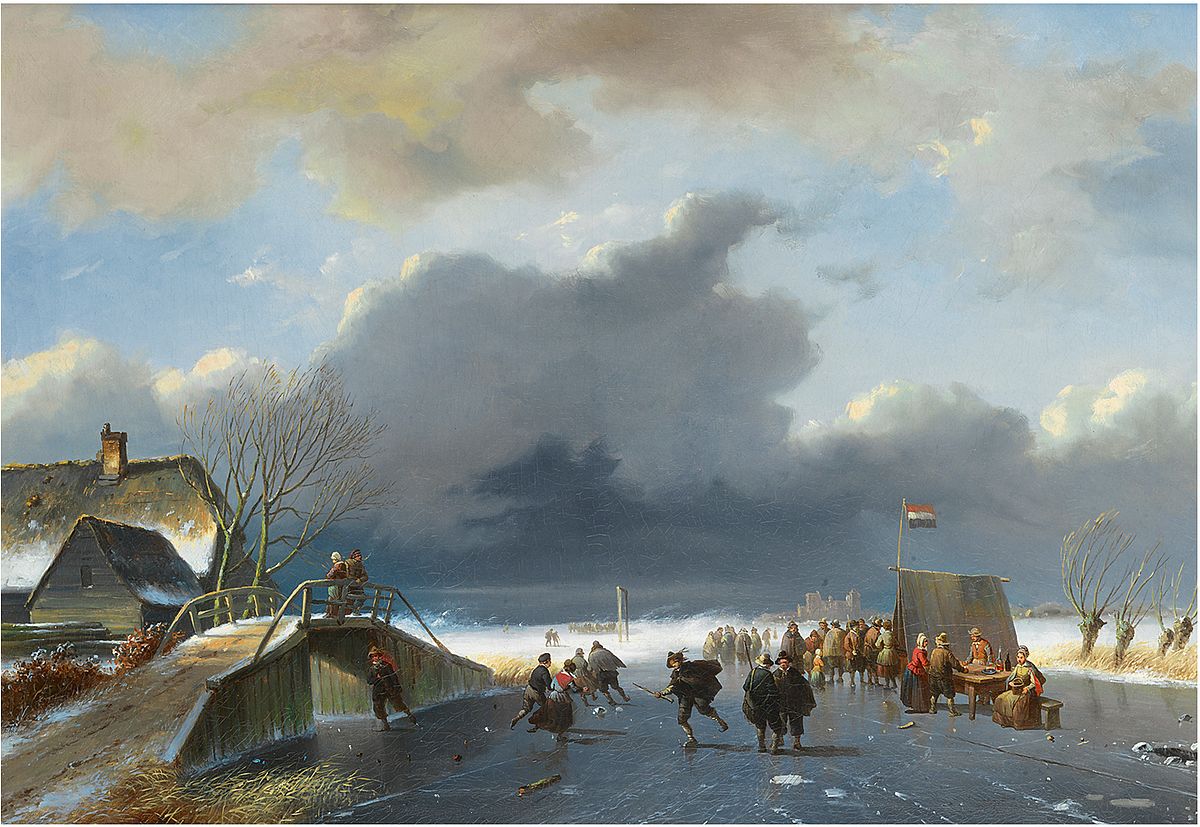
Nicolaas Johannes Roosenboom was a Dutch painter, etcher, lithographer, watercolorist, and illustrator who was specialised in landscape art. He painted various types of landscapes but was mainly known for his winter landscapes. Roosenboom's work is situated in the Dutch Romantic movement. He collaborated with various artists who painted the staffage in his landscapes.
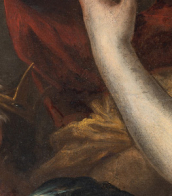

Adriaen Hendriksz. Verboom was a Dutch painter of the Golden Age. He is known as a landscape painter, draughtsman and printmaker, and also made tiles and engravings.
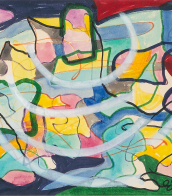

Margaretha Roosenboom was a 19th-century Dutch floral artist. She studied painting under her father, Nicolaas Johannes Roosenboom.
Margaretha Roosenboom mainly painted still lifes, both with flowers and fruit. In particular, roses were the central theme of her works.
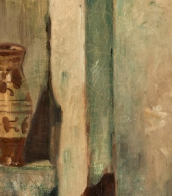

Margaretha Roosenboom was a 19th-century Dutch floral artist. She studied painting under her father, Nicolaas Johannes Roosenboom.
Margaretha Roosenboom mainly painted still lifes, both with flowers and fruit. In particular, roses were the central theme of her works.
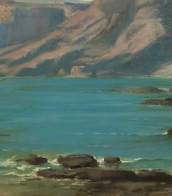
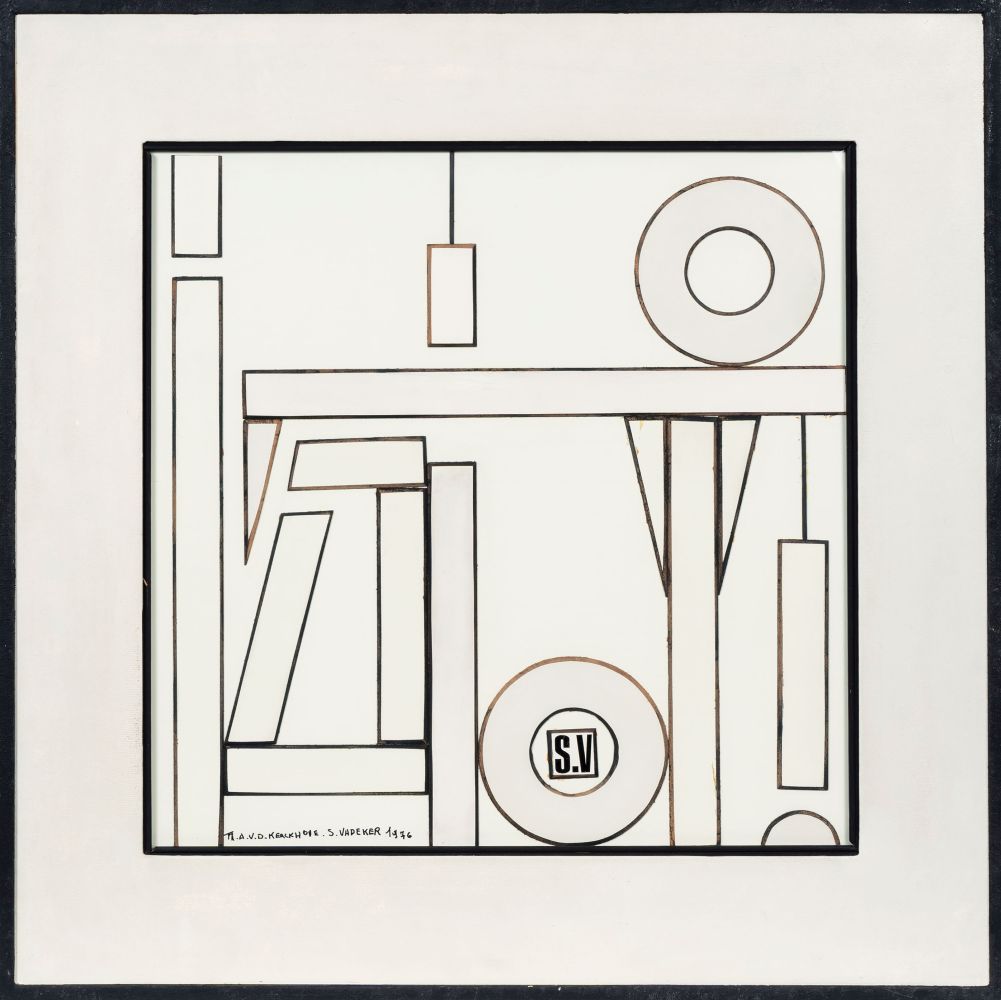
Theofiel Agnes van de Kerckhove was a Belgian painter, graphic artist, set designer and scenographer.
He studied painting at the Antwerp Academy, where he also took classes with sculptors Dekkers, Claessens and Dupont, and joined the Rupelgouw artists' association in Boom in 1936. Van de Kerckhove worked as a stage designer at the opera in Lille, and lived for a time in Germany. Here he worked with Albert Servaes, whom he had met while at the academy. In the 1950s, Van de Kerckhove was a curator at the Rocoxhuis and one of the set designers for Belgian television.


Theofiel Agnes van de Kerckhove was a Belgian painter, graphic artist, set designer and scenographer.
He studied painting at the Antwerp Academy, where he also took classes with sculptors Dekkers, Claessens and Dupont, and joined the Rupelgouw artists' association in Boom in 1936. Van de Kerckhove worked as a stage designer at the opera in Lille, and lived for a time in Germany. Here he worked with Albert Servaes, whom he had met while at the academy. In the 1950s, Van de Kerckhove was a curator at the Rocoxhuis and one of the set designers for Belgian television.


Theofiel Agnes van de Kerckhove was a Belgian painter, graphic artist, set designer and scenographer.
He studied painting at the Antwerp Academy, where he also took classes with sculptors Dekkers, Claessens and Dupont, and joined the Rupelgouw artists' association in Boom in 1936. Van de Kerckhove worked as a stage designer at the opera in Lille, and lived for a time in Germany. Here he worked with Albert Servaes, whom he had met while at the academy. In the 1950s, Van de Kerckhove was a curator at the Rocoxhuis and one of the set designers for Belgian television.

